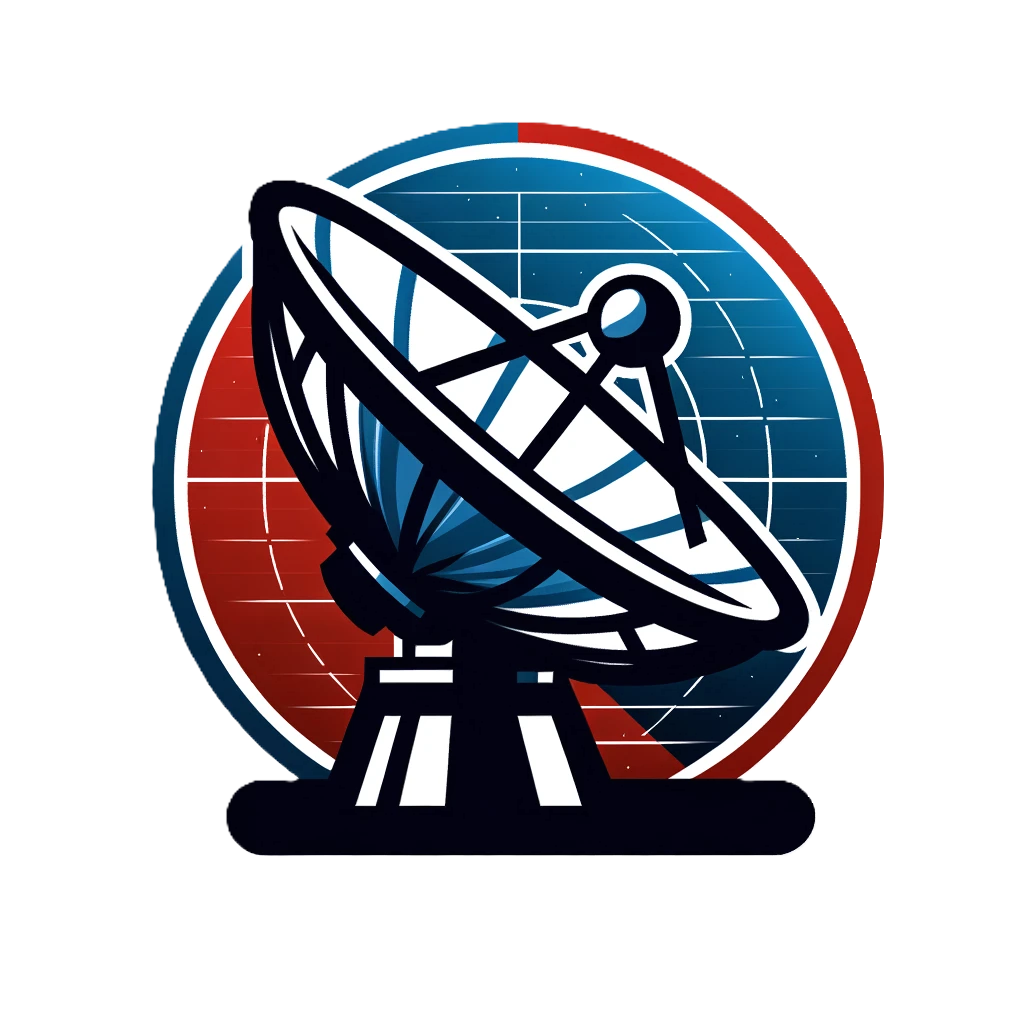Software as a Service (SaaS) is a cloud-based model where applications are hosted by a provider and accessed online. Unlike traditional software, SaaS applications don’t require installation and maintenance on individual devices, offering flexibility, scalability, and cost savings.
Choosing the right platform is critical for a successful SaaS solution. The best platform ensures optimal performance, security, and scalability, meeting customer needs and maintaining a competitive edge. It also provides essential tools and resources, streamlining development and reducing time-to-market.
Determining the best platform to build a SaaS solution can be challenging with many options available. This article explores and compares top platforms to help you make informed decisions that align with your business goals.
1. Understanding SaaS Platforms
A SaaS platform is a comprehensive environment that allows developers to create, deploy, and manage software applications over the Internet. These platforms provide the infrastructure and tools needed to build and maintain SaaS applications, eliminating the need for traditional on-premise software and hardware.
When choosing the best platform to build a SaaS solution, several key features are essential:
1. Performance and Reliability: The platform should offer high uptime and fast response times to ensure a seamless user experience.
2. Scalability: As your user base grows, the platform should effortlessly scale resources to accommodate increased demand without compromising performance.
3. Security: Robust security measures, including data encryption, regular security updates, and compliance with industry standards, are crucial to protect sensitive information and maintain user trust.
4. Cost-effectiveness: Transparent pricing models and cost management tools help you control expenses while delivering high-quality services.
5. Flexibility and Customization Options: The platform should provide various customization options to tailor the application to specific business needs and user preferences.
6. Integration Capabilities: Seamless integration with other tools and services is vital for enhancing functionality and streamlining operations.
7. User Experience and Interface: An intuitive interface and comprehensive documentation ensure ease of use for developers and end-users alike.
Scalability, security, and support are particularly important.
Scalability ensures your application can handle growing numbers of users and increased data loads without performance issues. A scalable platform adapts to changing demands, providing the flexibility to expand or reduce resources as needed. Security is crucial for protecting user data and maintaining the integrity of your application. The best platforms offer advanced security features, regular updates, and compliance with regulations to safeguard against threats and vulnerabilities. Support is essential for addressing issues promptly and maintaining smooth operation. Access to a dedicated support team, comprehensive documentation, and active community forums significantly reduce downtime and enhance overall productivity.
2. Criteria for Choosing the Best Platform
When choosing the best platform to build a SaaS solution, several criteria are essential to ensure the platform aligns with your business needs and objectives.
Performance and reliability are paramount. The platform must offer high uptime and fast response times to provide a seamless user experience. Downtime can lead to customer dissatisfaction and loss of revenue, making reliable performance crucial for maintaining user trust and business continuity.
Cost-effectiveness is another critical factor. It’s important to find a platform with a transparent pricing model that fits within your budget while still providing the necessary features and capabilities. Consider not only the initial costs but also the long-term expenses, including maintenance, scaling, and potential hidden fees.
Flexibility and customization options are vital for tailoring the platform to your specific requirements. The best platforms offer a range of customization features, allowing you to modify and extend functionalities to suit your business processes and user needs. This adaptability can help differentiate your SaaS solution in a competitive market.
Integration capabilities are essential for creating a cohesive ecosystem of tools and services. A platform with robust integration options allows seamless connectivity with other software and services, enhancing functionality and streamlining operations. This ensures that your SaaS solution can easily work with existing systems and can be extended with additional features as needed.
User experience and interface play a significant role in the success of your SaaS solution. An intuitive and user-friendly interface ensures that both developers and end-users can navigate and use the platform efficiently. Comprehensive documentation, tutorials, and an active community can further enhance the user experience, making it easier to resolve issues and learn new features.
3. Top Platforms for Building a SaaS Solution
When it comes to building a SaaS solution, selecting the right platform is crucial. Several leading platforms stand out due to their comprehensive features, robust infrastructure, and proven track records.
Amazon Web Services (AWS) is a dominant player in the cloud services market, offering a wide range of tools and services tailored for SaaS development. AWS provides scalable computing power, storage solutions, and databases, along with advanced features like machine learning and analytics. Its global infrastructure ensures high availability and reliability, making it a top choice for many SaaS providers.
Google Cloud Platform (GCP) is known for its powerful data analytics and machine learning capabilities. GCP offers a suite of cloud computing services that are designed to be scalable and secure. Its integration with Google’s ecosystem, including tools like BigQuery and TensorFlow, makes it particularly appealing for data-driven SaaS applications. GCP’s commitment to sustainability and competitive pricing also makes it a strong contender.
Microsoft Azure is a versatile and widely used platform that supports a broad range of programming languages, frameworks, and operating systems. Azure offers a robust set of cloud services, including AI and machine learning, IoT, and blockchain. Its strong focus on hybrid cloud solutions and seamless integration with Microsoft’s software products, such as Office 365 and Dynamics 365, provides a comprehensive environment for developing and managing SaaS solutions.
Salesforce Platform, formerly known as Force.com, is specifically designed for building and deploying SaaS applications. It offers a rich set of tools and services for developing custom applications with minimal coding. The Salesforce Platform is known for its strong customer relationship management (CRM) capabilities, making it ideal for applications that require extensive customer interaction and data management. Its ecosystem supports a wide array of third-party integrations, enhancing its functionality and flexibility.
Heroku, a platform as a service (PaaS) owned by Salesforce, is renowned for its simplicity and developer-friendly environment. It supports several programming languages and allows developers to deploy, manage, and scale applications quickly. Heroku’s ease of use and powerful add-on marketplace make it an attractive option for startups and small to medium-sized businesses looking to bring their SaaS solutions to market rapidly.
Each of these platforms offers unique advantages, catering to different needs and preferences:
– AWS: Extensive services and global reach.
– GCP: Advanced data capabilities.
– Azure: Integration and hybrid solutions.
– Salesforce Platform: CRM focus.
– Heroku: Simplicity and speed.
4. What is the Best Platform to Build a SaaS Solution for Your Business?
Choosing the best platform to build a SaaS solution for your business involves a thorough analysis of your specific needs and objectives. This process ensures that the platform you select aligns perfectly with your operational goals and provides the necessary tools for success.
First, analyze your business needs and objectives. Identify the core functionalities your SaaS solution must deliver and consider factors such as scalability, security, integration capabilities, and cost constraints. Understanding these requirements helps narrow down the platform options to those that can meet your unique demands.
Next, match your business requirements with the features offered by various platforms. For instance, if your application requires extensive data processing and analytics, Google Cloud Platform (GCP) might be a strong candidate due to its powerful data capabilities and integration with tools like BigQuery and TensorFlow. If seamless integration with Microsoft products and hybrid cloud solutions is crucial, Microsoft Azure could be the ideal choice. AWS might be the best fit if you need a broad range of services and global infrastructure to ensure high availability and performance.
Consider the specific features and benefits each platform provides:
- AWS offers extensive tools and services, making it versatile for various applications.
- GCP excels in data analytics and machine learning.
- Azure provides strong integration with Microsoft’s ecosystem and hybrid cloud solutions.
- Salesforce Platform is tailored for CRM-focused applications with rich customization options.
- Heroku offers simplicity and rapid deployment, ideal for startups and smaller businesses.
Case studies and examples of businesses using these platforms successfully can provide valuable insights. For example, Netflix leverages AWS for its robust and scalable infrastructure, enabling it to stream content to millions of users worldwide seamlessly. Snapchat uses GCP to handle vast amounts of data and employs machine learning to enhance user experience. Adobe relies on Microsoft Azure to deliver its Creative Cloud services, benefiting from Azure’s global reach and hybrid cloud capabilities. These examples highlight how different platforms can cater to specific business needs and operational scales effectively.
5. Steps to Get Started with Your Chosen SaaS Platform
Getting started with your chosen SaaS platform involves a series of essential steps to ensure a smooth and efficient setup. The process begins with setting up your account. This typically involves registering on the platform’s website, choosing a subscription plan that fits your business needs, and providing necessary billing information. Some platforms offer free trials or credits for new users, which can be useful for exploring their features before committing to a paid plan.
Once your account is set up, the next step is to handle initial configurations and settings. This phase includes configuring your application’s basic settings, such as setting up domains, establishing security protocols, and configuring databases. It’s crucial to customize these settings to align with your business requirements and to ensure that your SaaS application is secure and reliable from the start. Most platforms provide detailed documentation and setup wizards to guide you through this process, making it easier to get everything configured correctly.
Each platform offers a variety of resources and tools to help you develop and manage your SaaS application. These resources can include SDKs, APIs, and pre-built templates that accelerate development. For instance, AWS provides a vast array of services, including computing power, storage, and machine learning tools. Google Cloud Platform offers powerful data analytics tools and integration with Google’s ecosystem. Microsoft Azure provides extensive support for various programming languages and integration with Microsoft products. Salesforce Platform and Heroku offer easy-to-use interfaces and a range of add-ons to enhance functionality. Utilizing these tools effectively can significantly streamline the development process and improve the functionality of your SaaS solution.
Adopting best practices is essential for a smooth setup and successful launch. Start by following the platform’s recommendations for security and performance. Implement robust security measures, such as encryption, regular backups, and monitoring. Optimize performance by efficiently managing resources and scaling appropriately as your user base grows. Engage with the platform’s community and support resources, including forums, user groups, and customer support, to resolve issues quickly and stay updated on best practices. Testing your application thoroughly before launch is also crucial to identify and fix any potential issues.
Finally, plan your launch carefully. Ensure all team members are trained and ready to handle user inquiries and support requests. Prepare your marketing and communication strategies to inform potential users about your new SaaS offering. Monitor the application closely after launch to address any unforeseen issues promptly and to gather user feedback for continuous improvement.

